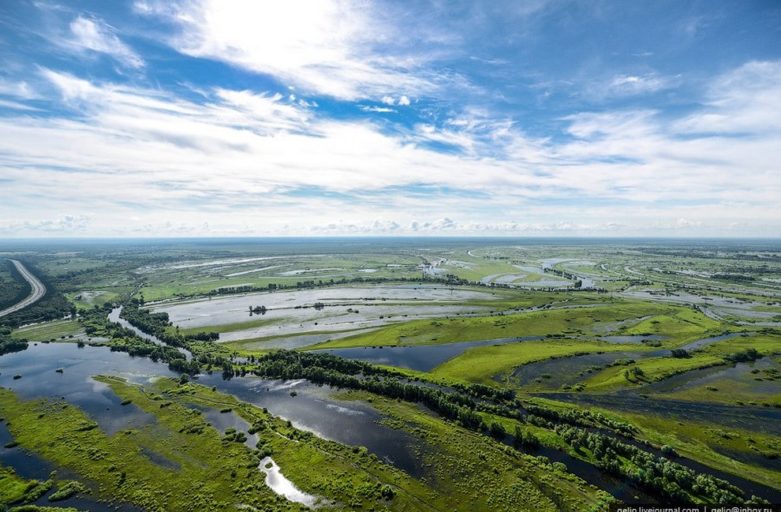Microplastic pollution of water systems is one of the planet’s most acute problems. Most studies focus on changes in the seas and oceans, but fresh water reservoirs remain unexplored. Tomsk State University (TSU) biologists decided to pay attention to the largest river in Russia — the Ob, which could be one of the most significant ways that microplastics are transferred to the Arctic. Their research will help find out how the accumulation and distribution of poisonous particles occurs and whether the ecosystem can be cleared of them independently.
Microplastic is any type of plastic fragment of 5 mm or less, which therefore can penetrate the body of most living things. In nature, “secondary” microplastics are the breakdown product of plastic bottles, plastic packaging, and other plastic products. Environmental damage is caused by the release of toxic substances (styrene, formaldehyde, phenol, and urethane) released during decomposition. The decomposition period of plastic is several hundred years.
Under the new project, the distribution of microplastic particles in water and bottom sediments of the Ob basin will be studied. The researchers will conduct sampling and analysis of water and bottom sediments in a latitudinal section of the middle Ob.
TSU biologists suggest that one of the important factors determining the accumulation of microplastic in bottom sediments is the activity of hydrobionts (organisms that live in water and at the bottom). The most active of these are benthic organisms, in particular, oligochaetes, which live and move inside bottom sediments. It is known that they are actively involved in the processes of mineralization and the mixing of bottom sediments. In the project, scientists will set up a long-term laboratory experiment during which they will test the ability of the oligochaetes to bury microplastics. This will provide the first data on how hydrobionts can contribute to redistributing particles and conservating them in bottom sediments.
Source: tsu.ru


